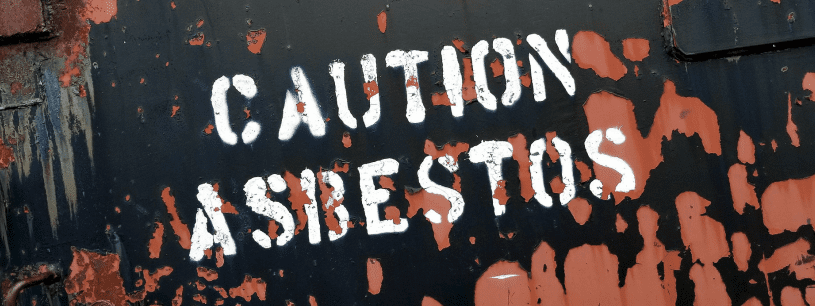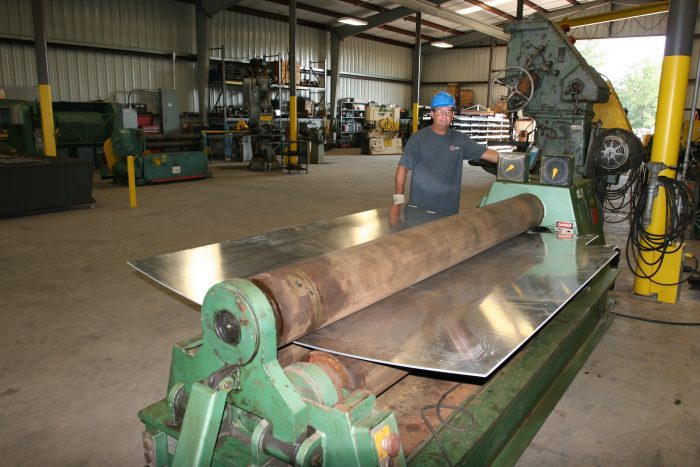Asbestos Safety

Cogbill Construction Weekly Safety
Tuesday, August 8th, 2020
The term “Asbestos” is a name that refers to six naturally-occurring minerals. Asbestos is composed of long silky fibers that contain hundreds of thousands of smaller fibers. These fibers can be subdivided further into microscopic filaments that will float in the air for several hours. They are potentially hazardous as they can easily penetrate body tissues and cause disabling and fatal diseases after prolonged exposure. The ability to recognize the kinds of material that contain asbestos, knowing under what conditions they are dangerous, and understanding basic safety precautions, are all important in keeping exposures to a minimum. To reduce exposure, it is important to know where asbestos is located and to minimize activities that will release fibers into the air. The potential for a particular form of asbestos to release fibers will depend on several factors including the degree of friability, wear, age, and location.
Exposure to asbestos fibers can be hazardous. The following general precautions will reduce exposure and lower the risk of asbestos-related health problems:
1. Drilling, sawing, or using nails on asbestos materials can release asbestos fibers and should be avoided.
2. Floor tiles, ceiling tiles or adhesives that contain asbestos should never be sanded.
3. Use care not to damage asbestos when moving furniture, ladders, or any other object.
4. Know where asbestos is located in your work area. Use common sense when working around products that contain asbestos. Avoid touching or disturbing asbestos materials on walls, ceilings, pipes, ducts, or boilers.
5. All asbestos-containing materials should be checked periodically for damage or deterioration. Report any damage, change in condition, or loose asbestos-containing material to a supervisor.
6. All removal or repair work involving asbestos must be done by specially trained personnel. OSHA and EPA regulations are very specific about work practices and equipment required to work safely with asbestos. These requirements may include proper respirators, special enclosures, training, exposure monitoring, long term record keeping, and medical surveillance.
7. Dusting, sweeping, or vacuuming dry asbestos with a standard vacuum cleaner will put the fibers back into the air. A vacuum cleaner with a special high-efficiency filter (HEPA) must be used to vacuum asbestos dust.
8. If a HEPA vacuum is not used, cleanups must be done with a wet cloth or mop. The only exception to this would be if the moisture presents an additional hazard such as around electricity.
9. Asbestos-waste, including all cleanup materials, must be sealed in a double 6-mil plastic asbestos bag and properly labeled before being disposed of in an EPA-approved landfill.
10. Remember to abide by all posted warning signs on walls and pipes. If asbestos is suspected, contact your supervisor or site representative.
11. While working on a multi-employer worksite, employees are advised to not enter areas of asbestos work and not to cross any boundaries that may be installed. When accessing an area, be aware of all work in it so as to not get caught in a dangerous situation.
Remember, the mere presence of asbestos itself does not create a health hazard unless the material is disturbed and it releases fibers to the atmosphere. Protect yourself and others by being aware of where asbestos is located, the dangers involved and using common sense when working around ACM.




